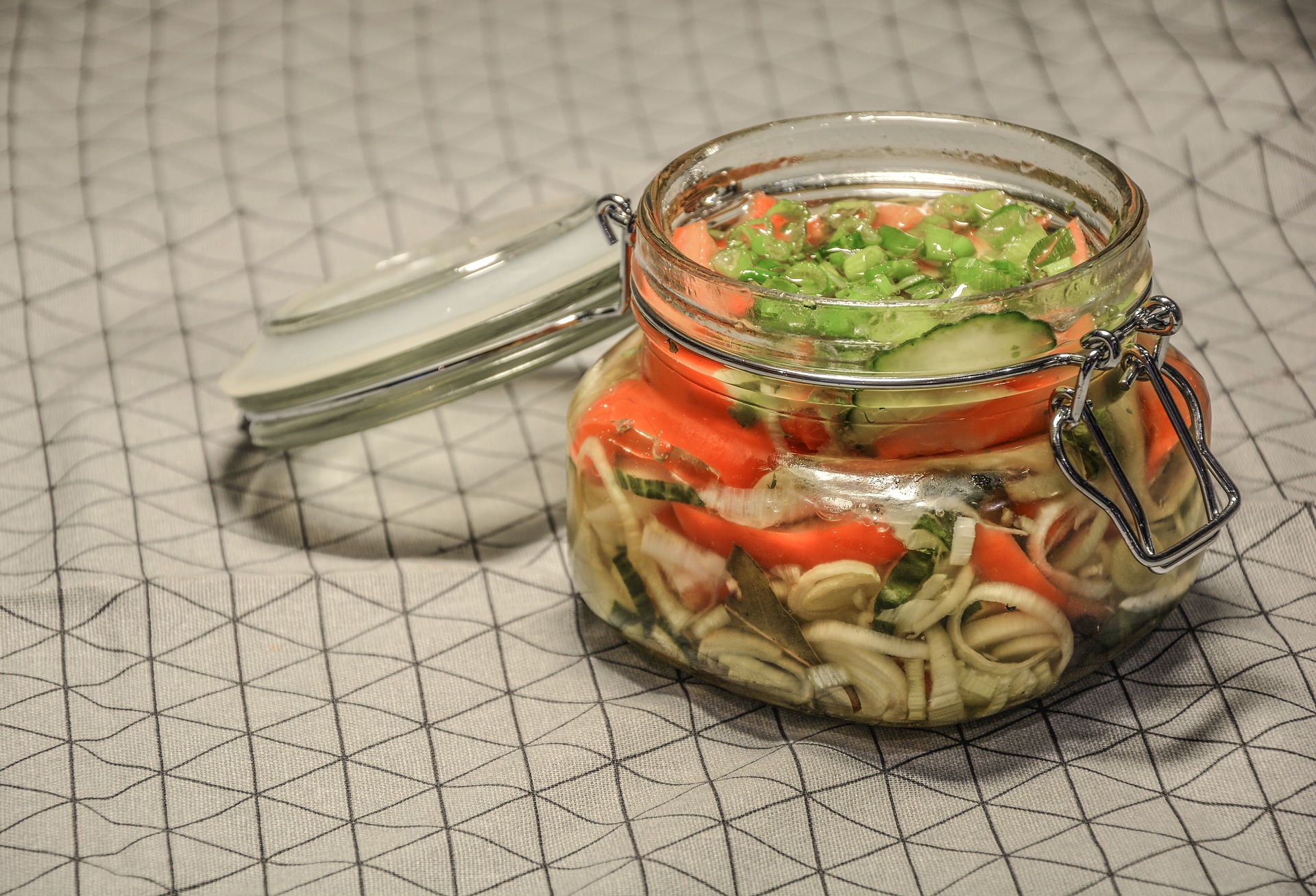Disclosure: This is a longer post, because I’ve added some vitally important information on the safety of canning.
Canning can be intimidating. If you screw it up, you could end up with botulism, a rare but deadly form of food poisoning. You even have to consider the altitude you’re at when canning.
But, there are really specific, detailed, free guides available. It’s actually not that hard.
The first thing – or one of the first things – you’ll want to consider when canning is which canning method you need to use, and there are only two to consider: water bath canning and pressure canning.
Let’s see what the difference is.
To be clear, other methods of canning, like kettle canning, are not recommended by the USDA or smart people. Use a water bath or pressure canner, only.
Water bath canning is pretty simple – I have a water bath canner. The jars of food are placed inside and are surrounded by boiling water, which kills harmful molds, bacteria, and so forth.
A pressure canner heats the food at a higher temperature than the water bath canner, with pressurized steam hotter than the temperature of boiling water.
The big difference between water bath canning and pressure canning is: high-acid foods are canned with the water bath, low-acid foods with the pressure canner.
Water bath canners safely and quickly preserve high-acid foods. Low-acid foods, in order for the bacteria to be adequately destroyed, need to be canned at a temperature of 240 degree F; water bath canners reach between 180 and 212 degrees F. Pressure canners can be used for low-acid foods as well, although it will take longer.
High-acid foods (for the water bath canner):
- Pickles
- Tomatoes with acid*
- Jams, jellies, marmalades
- Apples, peaches, pears
- Apple butter; other fruit butters
- Applesauce
- Spaghetti sauce (meatless)
- Ketchup
*Tomatoes are on the cusp of being high-acid and low-acid. Over time, they’ve been bred to be less and less acidic to adhere to consumer demands, indicating they should be pressure canned.
However, providing they’re properly acidified with the addition of lemon juice, vinegar, or citric acid, tomatoes can be canned in a water bath canner. Just follow the recipe exactly.
Salsa would fall under the tomato umbrella as well – just don’t alter the amount of the acid factor.
Low-acid foods (for the pressure canner):
- Beans, carrots, corn
- Potatoes
- Most meats and poultry
- Most seafoods
- Dairy products
- Stocks and stews
Final thoughts: water bath or boiling water canners are for high-acid foods, pressure canners are for low-acid foods. Pressure canning happens at a higher temperature, needed to destroy bacteria in those low-acid items. Also, pressure canners tend to be more expensive.
Anyone still feeling wary about canning? Don’t.
Now (late August/early September) is the ideal time to can local foods, preserving their healthy goodness to enjoy throughout the winter.
I admittedly haven’t tried pressure cooking, but I can say from experience water bath canning is easy. Just follow the recipe – no deviations – and you can’t go wrong.
If you’re wondering if the people coming up with canning recipes know the safety guidelines (because I wonder sometimes) Ball is one you can trust. They started out manufacturing the familiar glass canning jars, but they’ve come to be the number one go-to for canning and preserving. I use the Ball Blue Book Guide to Preserving when canning.
